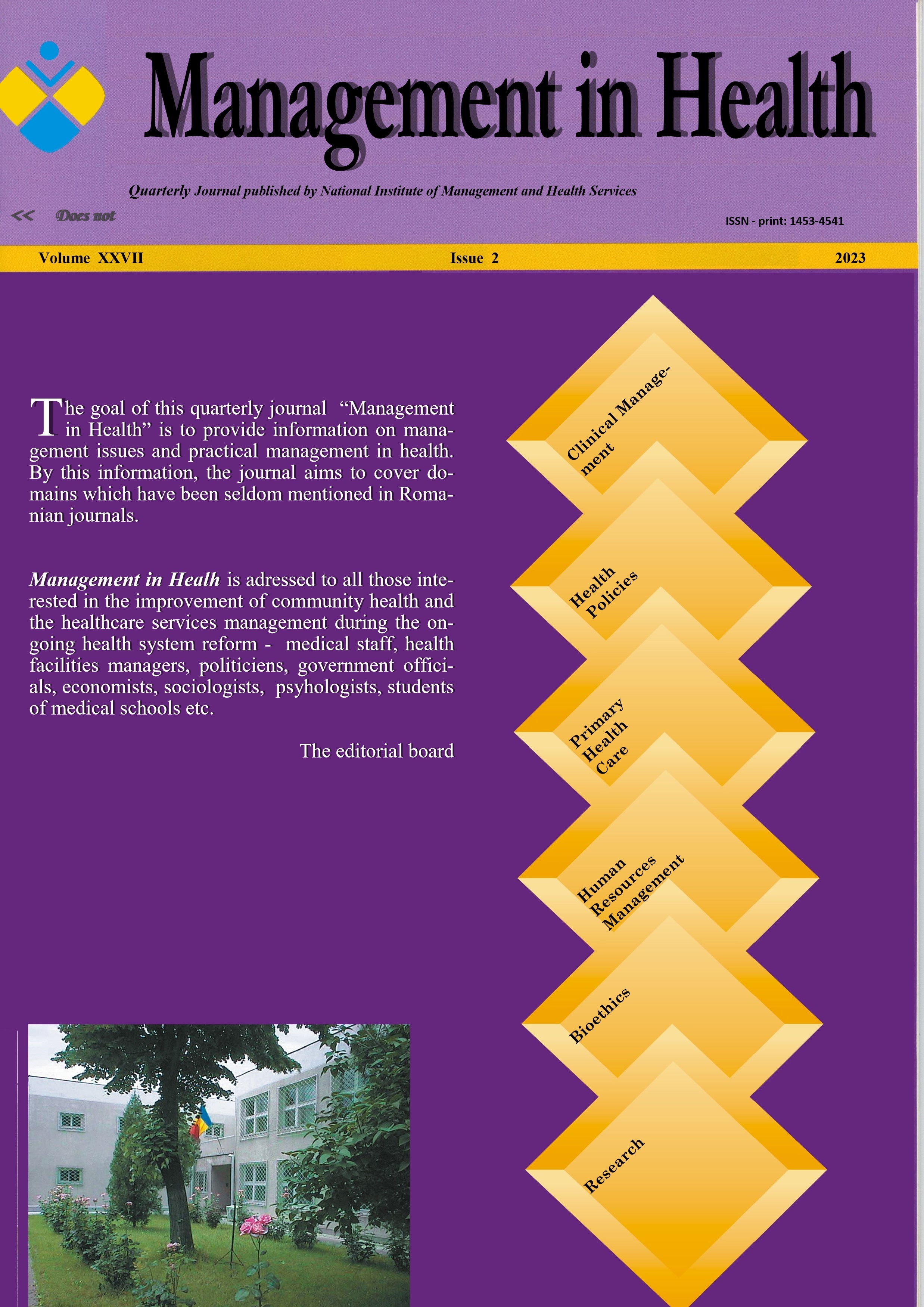Abstract
INTRODUCTION. The novel sever acute respiratory syndrome coronavirus
2 (SARS-CoV-2) was initial discovered in Wuhan, China in 2019, and since 2020
it had a major impact on medical practice. Since its discovery it has spread
throughout the entire world and the coronavirus disease (COVID-19) was
declared a pandemic by the World Health Organization (WHO). At the beginning
it was believed that is only a pneumonia with flu like symptoms, but as new cases
emerged other symptoms appeared among COVID-19 patients affecting
cardiovascular system, gastrointestinal tract and kidney. The interaction between
ACE receptors and virus was supposed to be the cause of the various symptoms.
OBJECTIVES. The aim of the study was to see the effect of SARS-CoV-2
infection on patients with benign prostate hyperplasia (BPH), between acute
infection and after 1 month regarding urological symptoms and to find predictors
for urine retention in such patients.
MATERIALS AND METHODS. We evaluated all male patients admitted in
our hospital with SARS-CoV-2 infection who expressed different forms of COVID
-19. We enrolled patients who were previously diagnosed with BPH. We gathered
information of their condition prior to infection as prostate volume, postvoiding
residual urine, International Prostate Symptom Score (IPSS) and other
comorbidities. All enrolled patients were assessed using clinical examination
digital rectum examination (DRE), pelvi-abdominal ultrasonography for prostate
volume and postvoiding residual urine (PVR) and IPSS for lower urinary tract
symptoms. We performed a multivariate analysis to detect the correlation between
urinary symptoms and scores and COVID-19 disease.
RESULTS. Thirty-tree patients, who were prior diagnosed with BPH, were
enrolled. The mean age (±SD) was 71.85 ± 9.12. In the pre and post COVID-19
group, the mean IPSS was 11.76 ± 5.28 and 18.97 ± 7.99 (P <.001), PSA was 1.51
± 0.9 and 2.23 ± 1.43 ( P <.001), while PVR was 12.97 ± 15.12 and 32.7 ± 25.44,
respectively ( P <.001). After SARS-CoV-2 infection 10 (30.3%) patients needed
urinary bladder catheterization because of acute urine retention. On bivariate
analysis pre and post COVID-19 IPSS, large prostate on digital rectal
examination, pre and post COVID-19 PSA values and post-COVID-19 PVR were
significantly correlated with acute urinary retention (P = .008, P = .002, P = .004,
P = .033, P = .033, and P = .003, respectively). On multivariate analysis only post-
COVID-19 IPSS was the independent predictor for acute urine retention (P
=.042).
CONCLUSIONS. In patients with BHP, LUTS were affected by COVID-19.
SARS-CoV-2 infection increases PSA values, PVR and IPSS leading to changes
in the treatment of BPH. There was statistically significant difference between pre
and post COVID-19 IPSS and PVR, also post- COVID-19 IPSS was an
independent predictor for urine retention.

